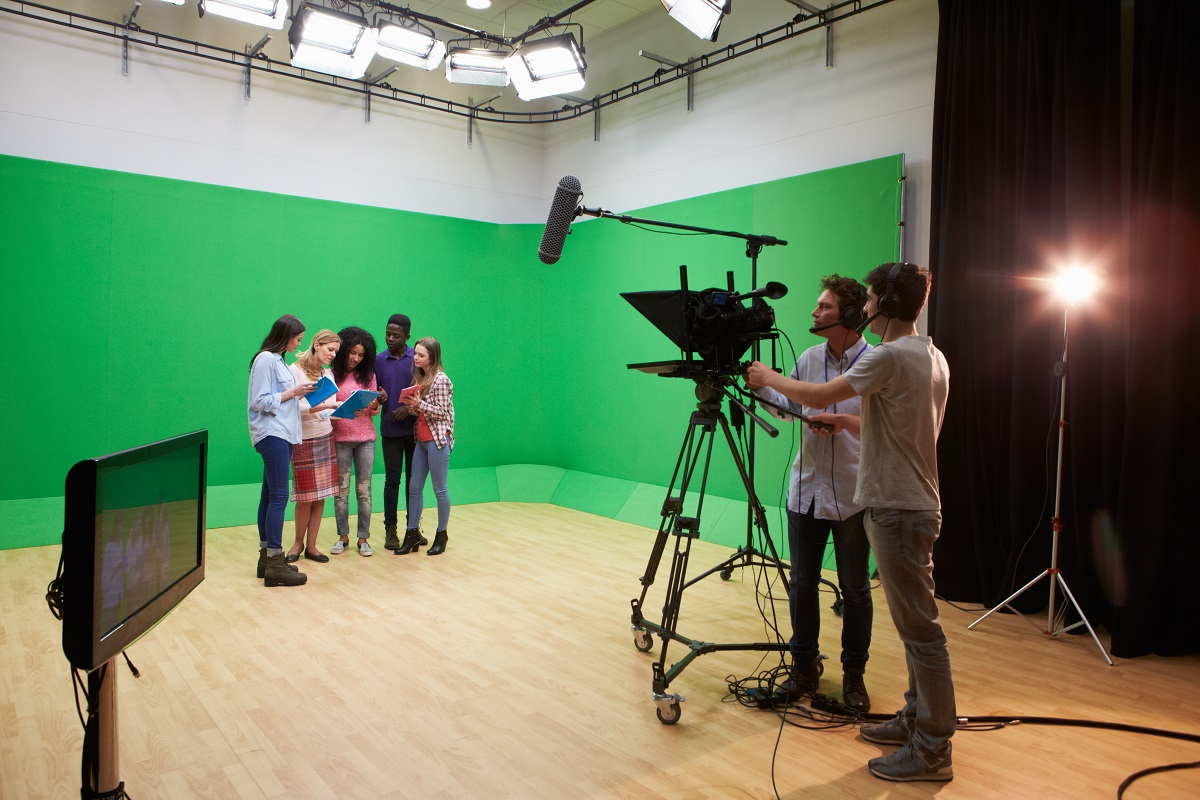Color grading is one of the most powerful tools in visual storytelling. It shapes the mood, emotion, and overall aesthetic of a film, video, or digital project, often becoming the invisible force that brings every scene to life. Whether you’re a filmmaker, editor, cinematographer, or content creator, mastering color grading can drastically elevate the quality of your work and set you apart in today’s visually driven creative industry.
What Is Color Grading?
Color grading is the process of enhancing and stylizing footage to create a unified visual tone. While color correction focuses on accuracy, color grading lets you intentionally craft mood, atmosphere, and emotional depth that support the story.
Why Color Grading Matters in Visual Storytelling
Color grading plays a pivotal role in helping audiences connect emotionally with the story. Here are the key reasons it matters:
1. It Defines Mood and Atmosphere
Warm tones evoke comfort or romance, while cooler or desaturated palettes suggest tension, sadness, or mystery.
2. It Strengthens Narrative Continuity
Grading ensures shots filmed under different conditions still look cohesive and consistent on screen.
3. It Enhances Cinematic Style
From high-contrast blockbuster looks to soft indie aesthetics, grading adds stylistic personality to your work.
4. It Directs Viewer Attention
Through contrast and color emphasis, grading subtly guides the audience toward important details and characters.
Key Skills Every Colorist and Visual Storyteller Should Develop
To excel in color grading, creators must build both technical and artistic strengths. These core skills form the foundation:
- Understanding Color Theory: Knowledge of hue, saturation, contrast, and harmony allows for emotionally effective grading.
- Mastering Software Tools: Learning programs like DaVinci Resolve, Premiere Pro, or Final Cut gives you control over scopes, LUTs, and grading workflows.
- Analyzing Light and Exposure: A good colorist understands how light shapes a scene and how to balance shadows, highlights, and midtones.
- Developing an Eye for Visual Style: Recognizing and applying stylistic looks—cinematic, moody, vibrant—helps reinforce storytelling.
- Attention to Detail: Precise adjustments to skin tones, noise levels, and shot matching are essential for professional results.
Practical Training Tips for Aspiring Colorists
If you’re building your color grading skills, these practical steps will help you grow faster and more confidently:
- Study professional films to observe how color influences mood
- Practice with raw footage to explore a wide range of looks
- Learn to read waveforms, vectorscopes, and histograms for accurate adjustments
- Experiment with LUTs, but also learn to create your own custom looks
- Seek feedback from directors or editors to refine your visual approach
- Stay updated with industry advancements, especially HDR and evolving color spaces
Common Color Grading Techniques
These essential techniques help colorists create polished, cohesive, and visually compelling results:
- Primary color correction: balancing exposure, contrast, and white balance
- Secondary adjustments: targeting specific areas or colors within a scene
- Shot matching: ensuring visual consistency across all clips
- Look development: designing a cohesive color palette that supports the narrative
- Film emulation: recreating the appearance of traditional film stocks for a cinematic feel
The Impact of Great Color Grading
When done well, color grading deepens emotional resonance and strengthens visual storytelling. It shapes the viewer’s experience in subtle but powerful ways, making scenes more immersive, memorable, and visually cohesive.
Conclusion
Color grading is more than a finishing touch—it is an essential creative tool for modern visual storytellers. By understanding visual principles, refining technical skills, and continually practicing, creators can use color to enhance mood, strengthen narrative clarity, and bring stories to life. Whether you’re producing films, commercials, or digital content, mastering color grading is key to elevating your work and leaving a lasting impact on your audience.
Key Takeaways:
- Color grading training is a pivotal element in the visual storytelling process, enhancing the overall aesthetic and emotional impact of films, TV shows, and digital media.
- Professionals across various roles, including film directors, cinematographers, storyboard artists, production designers, editors, graphic designers, art directors, colorists, visual effects artists, and motion graphics designers, can benefit from mastering color grading techniques.
- Collaborating with colorists to achieve the desired look and feel of a project is essential for creating visually compelling and cohesive narratives that engage audiences.
- Enhancing your skills in color grading can open up new creative opportunities and elevate your career in the dynamic world of visual storytelling.
Consider taking the NYU Film and TV Industry Essentials online course and certificate program offered by Yellowbrick to enhance your skills and expertise in visual storytelling. This comprehensive program can provide you with the tools and knowledge to excel in the competitive industry and take your career to new heights.








